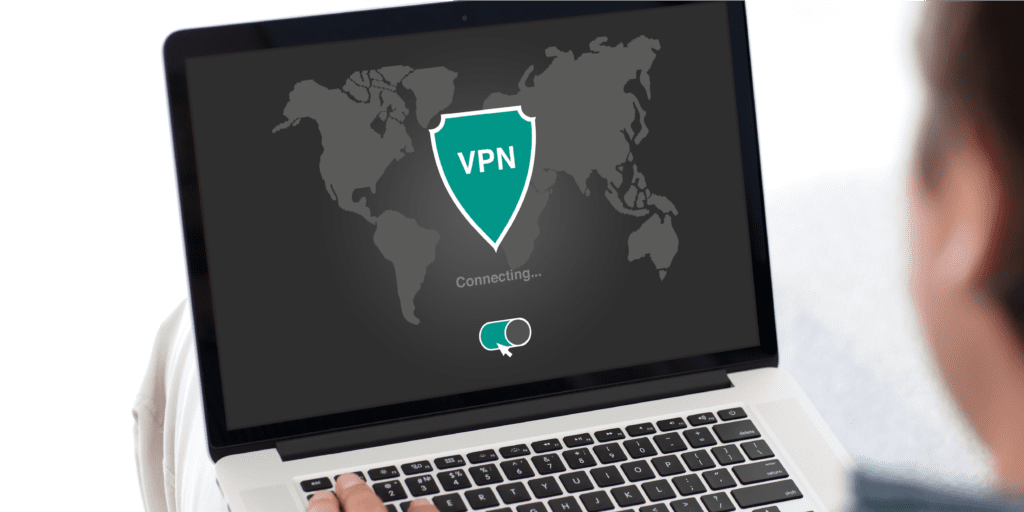The rapid advancement of internet technologies has introduced unprecedented threats to data privacy, cybersecurity, and decentralization. With increasing surveillance, censorship, and restrictions, decentralized VPNs (dVPNs) have emerged as a promising alternative to traditional VPNs. However, despite their advantages, dVPNs come with significant risks that users must understand before adopting them. In this article, we will explore the major threats to decentralized VPNs, how they compare to traditional VPNs and Tor, and what users can do to mitigate these risks.
Understanding Decentralized VPNs (dVPNs)
Decentralized VPNs function by distributing network traffic across multiple independent nodes rather than relying on centralized servers. Unlike traditional VPNs, where a single provider controls the infrastructure, dVPNs leverage blockchain and peer-to-peer (P2P) networks to facilitate anonymous communication.
Several notable dVPN providers include Deeper Network, Mysterium, Sentinel, and Orchid. These services aim to provide increased privacy by making it harder for governments, corporations, and hackers to track users. However, decentralization does not automatically equate to security. Here’s why:
Top Threats to Decentralized VPNs (dVPNs)
1. Malicious Exit Nodes
Unlike traditional VPNs, which have controlled exit servers, dVPNs rely on random users to act as exit nodes. This creates a significant risk:
- Traffic Interception: Malicious actors can set up exit nodes to log or modify traffic.
- Man-in-the-Middle Attacks (MITM): Hackers could intercept and alter data passing through an unsecured node.
- Data Logging Risks: Even if dVPNs claim no logs, malicious nodes could secretly store data.
2. Lack of Encryption & Security Standards
Some dVPNs assume that HTTPS encryption is sufficient, neglecting full end-to-end encryption within their networks. Key concerns include:
- Unencrypted Traffic at Exit Nodes: Similar to Tor, if traffic exits an insecure node, it could be monitored.
- Weak Security Protocols: Unlike established VPN protocols (OpenVPN, WireGuard), some dVPNs lack rigorous cryptographic safeguards.
3. Traffic Fingerprinting & Surveillance Risks
Even though dVPNs are designed to resist censorship, authorities and adversaries can still analyze traffic patterns through traffic fingerprinting techniques.
- Timing Attacks: If an ISP or government controls both an entry and exit node, they can correlate user activity.
- Machine Learning & AI Detection: Advanced surveillance tools use AI to analyze and detect dVPN traffic, leading to possible restrictions or bans.
4. No Central Authority for Security Audits
Traditional VPN providers are accountable for maintaining secure servers, updating protocols, and undergoing security audits. dVPNs lack:
- Uniform security measures across nodes.
- Auditable policies since many operate in a trustless environment.
- Customer support or legal recourse if something goes wrong.
5. Potential Legal Risks for Node Operators
Operating a node in a dVPN could expose individuals to legal consequences if illicit activities pass through their IP.
- Hosting Unwanted Traffic: Illegal content or cybercrimes routed through an operator’s node could lead to legal action.
- Jurisdictional Issues: Some governments may consider dVPN nodes as unauthorized relay services.
6. Performance Variability & Reliability Issues
Unlike centralized VPNs, which optimize servers for performance, dVPN speeds depend on individual node quality.
- Inconsistent Speeds: Relaying through multiple peers leads to latency and bandwidth throttling.
- Downtime & Network Stability: Since dVPNs rely on user-provided nodes, uptime isn’t guaranteed.
7. Monetization & Trust Issues in Blockchain-Based dVPNs
Many dVPNs operate using blockchain-based token incentives, which create additional risks:
- Economic Manipulation: Token-based systems can be subject to price volatility and rug pulls.
- Decentralization Paradox: While marketed as decentralized, some dVPN projects have large stakeholders controlling network governance.
Comparison: dVPN vs Traditional VPN vs Tor
| Feature | Traditional VPN | Decentralized VPN (dVPN) | Tor |
| Privacy | Provider sees all traffic | Nodes may log traffic | Strong anonymity |
| Security | Audited protocols (WireGuard, OpenVPN) | Inconsistent encryption | Multi-layer encryption |
| Resistance to Censorship | Can be blocked | Harder to block | Highly resistant |
| Speed | Generally fast | Variable performance | Slow due to multiple relays |
| Legal Risks | Provider is responsible | Node operators may face legal risks | Can be flagged in some countries |
| Centralization | Centralized servers | Distributed network | Fully decentralized |
How to Mitigate Risks When Using dVPNs
If you choose to use a dVPN, consider the following safety measures:
✅ Use dVPNs with Transparent Policies – Choose providers with clear security protocols and open-source code. ✅ Encrypt Data Before Routing – Use VPN-over-Tor or double-layered encryption tools. ✅ Monitor Exit Node Behavior – Avoid dVPN services that lack strong encryption for outgoing traffic. ✅ Be Cautious About Running a Node – Research legal implications before participating. ✅ Regularly Check for Security Updates – Ensure dVPN software is up to date against vulnerabilities.
Conclusion: Are Decentralized VPNs Worth It?
Decentralized VPNs offer an innovative way to counter surveillance and censorship, but they are not without risks. Unlike traditional VPNs, dVPNs expose users to malicious nodes, weak encryption, and legal vulnerabilities. While they provide a more censorship-resistant framework, they do not always guarantee greater security or privacy compared to well-audited VPN services.
For those prioritizing strong anonymity, Tor remains a more robust option. However, for users who want uncensored internet access without relying on a centralized provider, dVPNs could be a useful tool—if used with caution.
Would you trust a decentralized VPN over a traditional VPN? Share your thoughts in the comments below!


